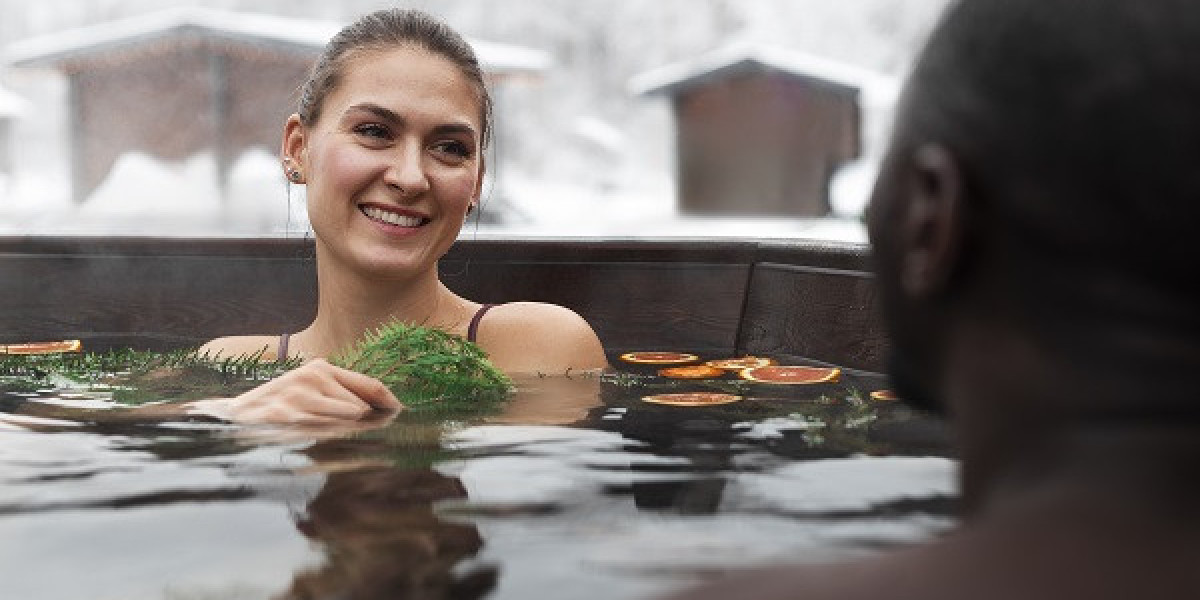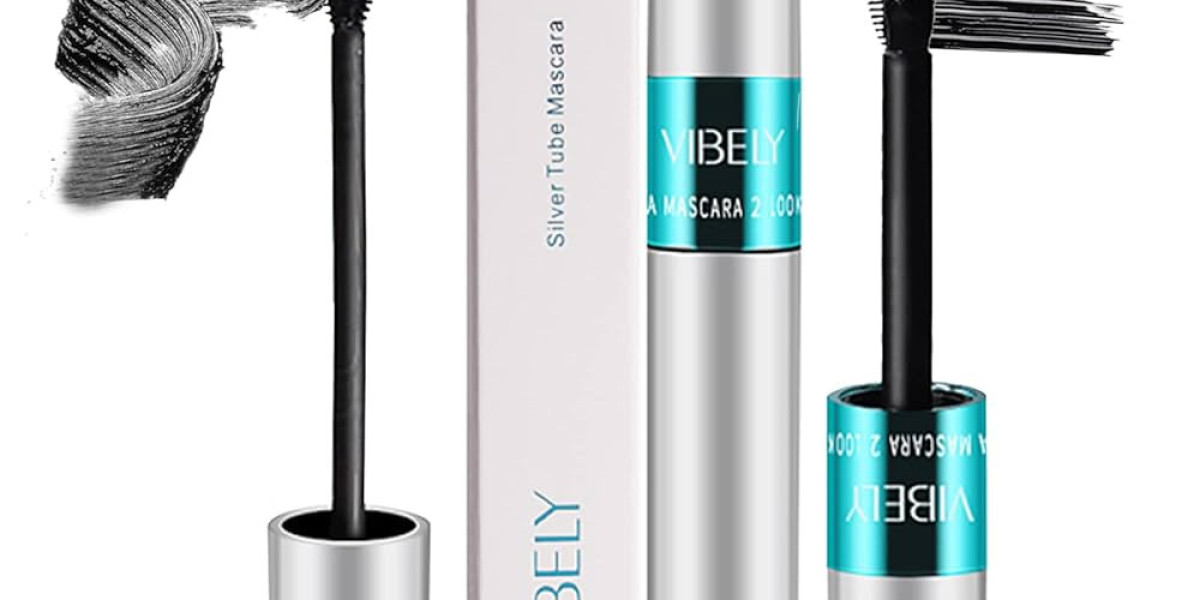There is something timeless about water. People have turned to warm baths, mineral springs, and massage for centuries as a way to restore balance and find relief from daily stress. Modern hot tubs and spas bring those same ancient practices into our backyards and homes, combining the soothing effect of water with carefully designed massage systems. But beyond the immediate sense of relaxation, spa therapies like massage and hydrotherapy actually carry some powerful health benefits.
Let’s break down the science behind them and see how they can support both your body and your mind.
What Is Hydrotherapy?
Hydrotherapy and massage combine warmth, buoyancy, and targeted pressure to improve circulation, ease joint stress, and relax muscles. Research shows these therapies can reduce stress, support better sleep, and provide relief for sore muscles or arthritis pain. While not a medical cure, regular use of spa therapies can be an effective complement to overall wellness routines.
The combination of heat, buoyancy, and movement creates the perfect environment for relaxation. The warmth increases circulation, the buoyancy takes weight off sore joints, and the pressure of jets targets muscle tension. This three-part formula is why soaking in a spa feels so effective after a long day.
The Science of Massage in Hot Tubs
When we talk about massage in a spa, it is really the hot tub jet system at work. Jets push water and air through specific nozzles, creating streams that can be adjusted for intensity and direction. These streams act almost like a personal massage therapist, applying pressure to tired muscles and stimulating blood flow.
Massage helps release tightness, encourages lymphatic circulation, and even signals the nervous system to relax. Many people notice improved sleep, lower stress levels, and less soreness after using a hot tub massage regularly.
Key Health Benefits of Hydrotherapy and Massage
1. Stress Relief and Mental Wellness
Soaking in warm water naturally triggers the body to release endorphins, the feel-good chemicals that lift mood. The massage effect calms the nervous system and lowers cortisol, the stress hormone. This is why even a 20-minute soak can leave you feeling lighter, calmer, and more refreshed.
2. Improved Circulation
Warm water dilates blood vessels, which encourages better circulation. This improved blood flow delivers more oxygen and nutrients to muscles while helping flush out toxins. For people with circulation issues or those who spend long hours sitting, this effect can be especially helpful.
3. Pain and Tension Relief
Hydrotherapy reduces stiffness and soreness in muscles and joints. The buoyancy of the water takes pressure off knees, hips, and the spine, which is why people with arthritis often find comfort in hot tubs. Add in the targeted pressure from jets, and you get deep relief from back pain, shoulder knots, or leg cramps.
4. Better Sleep Quality
Many hot tub users notice that they fall asleep faster and enjoy deeper rest after a soak. The drop in body temperature that happens after leaving warm water signals the body that it’s time to wind down. Combined with the relaxation of muscles and nerves, it sets the stage for a peaceful night’s sleep.
5. Recovery for Active Lifestyles
Athletes, runners, and fitness enthusiasts use hydrotherapy as part of recovery routines. The warm water loosens muscles, while a jet massage helps reduce soreness from intense workouts. Even for someone who just spends long days on their feet, hot tub sessions can speed up recovery and keep the body feeling strong.
Comparing Hydrotherapy and Massage Benefits
Here is a simple breakdown of how hydrotherapy and massage overlap and differ:
Benefit | Hydrotherapy Effect | Massage Effect |
Stress Reduction | Warmth calms the nervous system | Pressure releases muscle tightness |
Circulation Improvement | Heat expands blood vessels | Stimulates blood and lymph flow |
Pain Relief | Buoyancy eases joint pressure | Direct pressure targets sore spots |
Muscle Recovery | Reduces stiffness and improves flexibility | Breaks up knots and tension |
Better Sleep | Body cools after warm soak | Relaxation signals body to rest |
Both therapies work hand in hand, which is why hot tubs are so effective at delivering a complete wellness experience.
Creating a Spa-Like Routine at Home
You do not need a fancy resort to enjoy the benefits of spa therapies. With the right setup at home, you can bring those same results into your daily routine.
Here are a few tips:
Set a schedule: Use your hot tub regularly, not just once in a while, to truly feel the benefits.
Stay hydrated: Warm water can dehydrate, so drink a glass of water before and after soaking.
Add stretches: Gentle stretching while soaking can increase flexibility.
Experiment with settings: Adjust the jets to target different areas like shoulders, back, or calves, depending on where you feel tension.
For people who want more variety in their wellness setup, adding a sauna at home can complement hot tub use. While hot tubs focus on buoyancy and massage, saunas provide deep dry heat that helps with muscle relaxation. Together, they can create a spa experience right at home.
The Emotional Side of Spa Therapies
Beyond the science, there is an emotional comfort that comes with spa time. Slipping into warm, bubbling water signals your brain that it is time to slow down and enjoy the moment. This practice of intentional relaxation can reduce anxiety and improve overall mood.
Hot tubs are also great for connection. Sharing a soak with family or friends creates an environment for conversations and bonding without the distractions of screens or busy schedules. Emotional wellness is just as valuable as the physical benefits.
Who Can Benefit the Most?
Spa therapies can help nearly anyone, but they are especially beneficial for:
People with arthritis or joint pain
Athletes and fitness enthusiasts
Individuals struggling with stress or poor sleep
Older adults needing gentle physical relief
Anyone looking for an easy way to relax and recharge
Conclusion
Massage and hydrotherapy are more than just luxuries. They are proven methods for improving circulation, easing stress, reducing pain, and supporting better sleep. Adding spa therapies to your life can help create balance in both body and mind.
A hot tub can turn your home into a personal wellness retreat, giving you access to the benefits of hydrotherapy and massage whenever you need them. It is about making relaxation a consistent part of your lifestyle, not just an occasional treat.
Looking for a way to bring the health benefits of hydrotherapy into your home? At Colorado Springs Hot Tubs, you can create your own wellness space. Find new and refurbished used hot tubs in Colorado Springs that fit your needs. Start enjoying your hot tub benefits today!
















